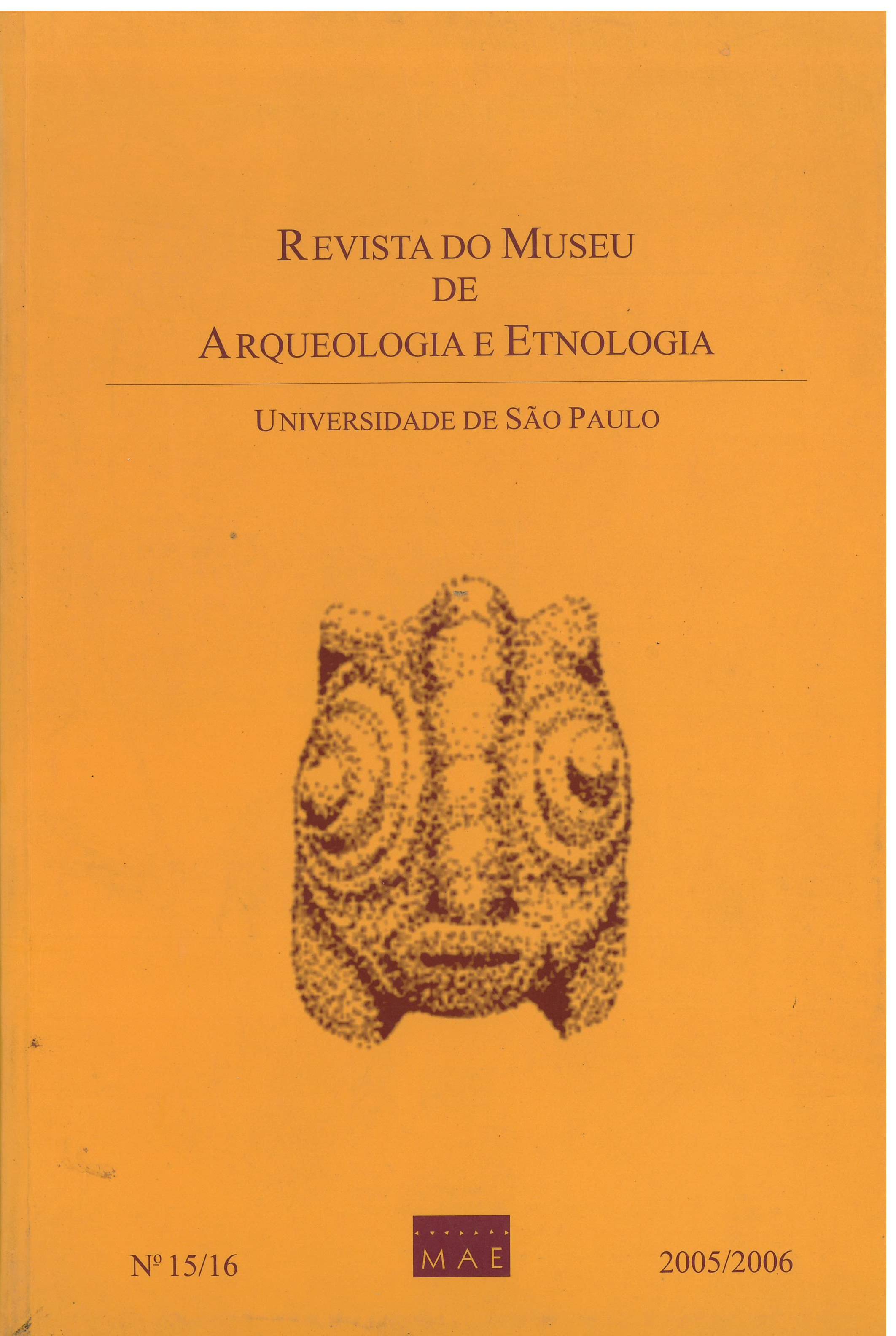Human occupation and paleoenvironments in South America: expanding the notion of an “Archaic Gap”
DOI:
https://doi.org/10.11606/issn.2448-1750.revmae.2006.89707Palavras-chave:
Arqueologia, Paleoambiente, Holoceno, Brasil, ArgentinaResumo
Uma revisão das informações arqueológicas produzidas no Brasil e países vizinhos durante as últimas décadas, aliada a uma análise de estudos paleoambientais recentes, sugerem que durante o Holoceno Médio amplas áreas da América do Sul deixaram de ser ocupadas por grupos humanos. Dados independentes, como datações de esqueletos humanos, estratigrafia de abrigos rochosos e cronologia de sítios arqueológicos a céu aberto convergem para a idéia de que tais áreas foram, no mínimo, fortemente depopuladas. Dados paleoambientais sugerem que eventos de seca constituíram a principal causa por trás das tendências observadas. Nossas conclusões expandem a noção já existente de que estresses climáticos têm um papel importante na conformação de assentamentos humanos em ambientes marginais, como desertos e altitudes elevadas, mostrando que o mesmo pode ocorrer nas terras baixas tropicais e subtropicais.Downloads
Os dados de download ainda não estão disponíveis.
Downloads
Publicado
2006-12-14
Edição
Seção
Artigos
Licença
Copyright (c) 2006 Astolfo G. de M. Araujo, Luís B. Pilo, Walter A. Neves, João Paulo V. Atui

Este trabalho está licenciado sob uma licença Creative Commons Attribution-NonCommercial-NoDerivatives 4.0 International License.
Como Citar
ARAUJO, Astolfo G. de M.; PILO, Luís B.; NEVES, Walter A.; ATUI, João Paulo V. Human occupation and paleoenvironments in South America: expanding the notion of an “Archaic Gap”. Revista do Museu de Arqueologia e Etnologia, São Paulo, Brasil, n. 15-16, p. 3–35, 2006. DOI: 10.11606/issn.2448-1750.revmae.2006.89707. Disponível em: https://journals.usp.br/revmae/article/view/89707.. Acesso em: 22 jul. 2024.


















